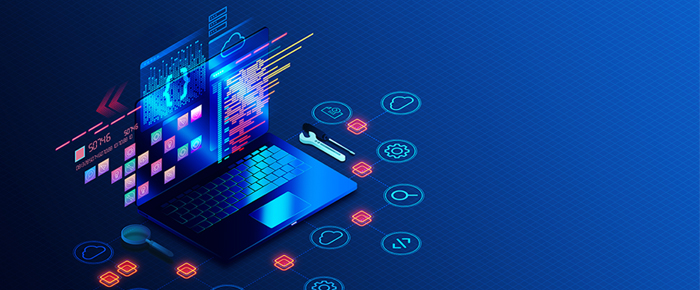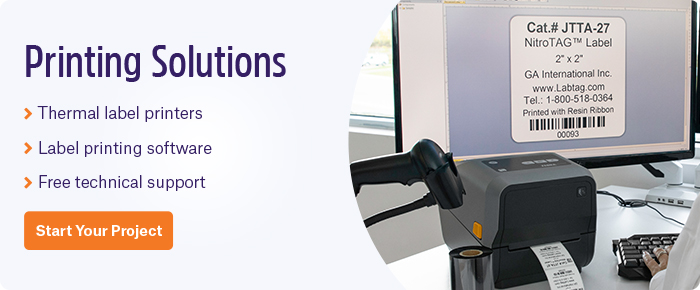
Recently, labs have turned to full digitization with the intention of enhancing their ability to track everything, from samples to consumables. Thus, the use of laboratory information management systems (LIMS) has exploded, first in industrial labs due to their need for stringent record keeping, but also in academic labs, which have often been plagued by a reproducibility crisis throughout the last decade. Here are several features that are essential to any modern LIMS in order to ensure human errors are minimized and lab results are as consistent and accurate as possible.
Robust inventory and workflow management
Every LIMS should have an easy-to-use system that allows users to track and monitor their inventory of samples, reagents, labware, consumables, and equipment, from storage to their use in experimental and/or diagnostic workflows. These systems should work in tandem with barcode and/or RFID scanners, so that every detail of a specific item, including the volume, origin, date, and stage of processing, is recorded in the LIMS at every step. Having a robust system to monitor samples and reagents ensures that personnel never run low and remain aware of how many tests can be run with the inventory on hand.
In addition to samples, a LIMS should also be capable of storing documents, such as SOPs and revised protocols, as well as providing workflow automation tracking for these protocols. This allows users to oversee all ongoing workflows and to lead personnel through each step of the assay.
Barcode labeling
Because barcodes are an integral component of sample tracking, an efficient LIMS should therefore have either its own method of producing barcodes or be fully capable of integrating with currently operating barcode printing software, such as BarTender. This also requires a printer capable of printing high-quality barcode labels, such as a thermal-transfer or direct thermal printer.
Interoperability
To be a perfect fit, the LIMS should be fully compatible with as many existing systems as possible, including electronic laboratory notebooks (ELNs), enterprise resource planning (ERP) tools, customer relationship management (CRM) applications, equipment-related apps (such as those associated with chemiluminescence developers and chromatography systems), and label printing software. Companies that provide an open application programming interface (API) for their software are often advantageous, as developing the customization to interface with new software need not come directly from the supplier, making the LIMS easier to adapt to changing lab environments.
Stringent security features
Any modern LIMS must meet industry standards for security, including multi-factor authentication, continually security updated patches, firewalls, and data encryption. Records should be dated and timestamped to ensure that all activities are properly accounted for and to allow users full visibility, in case there is a suspected breach. Captcha should also be provided to reduce the likelihood that the software is compromised by automated data extraction viruses.
Compliance
To meet internal and external regulations regarding data tracking and security, the LIMS must support regulatory compliance. Among common compliance standards, the LIMS should meet regulations set by CAP/CLIA, GxP, ISO 17025, ISO 13485, HIPAA, and FDA 21 CFR Part 11.
LabTAG by GA International is a leading manufacturer of high-performance specialty labels and a supplier of identification solutions used in research and medical labs as well as healthcare institutions.

